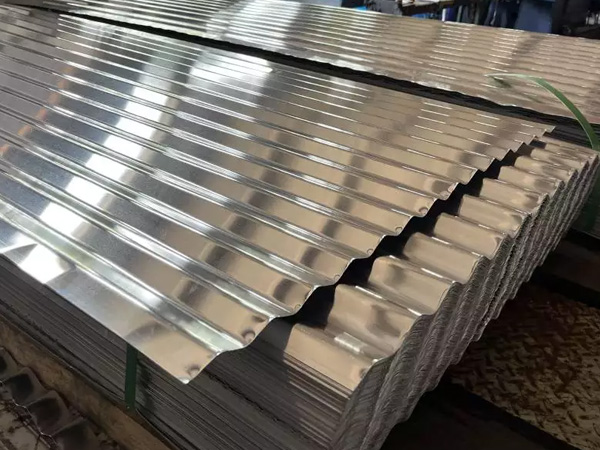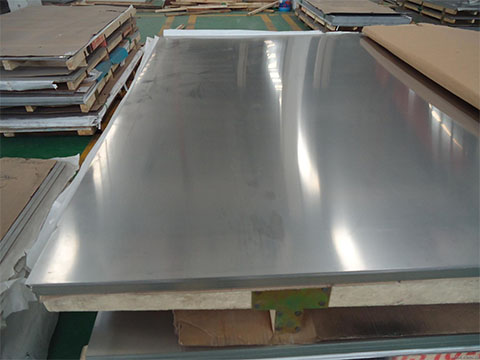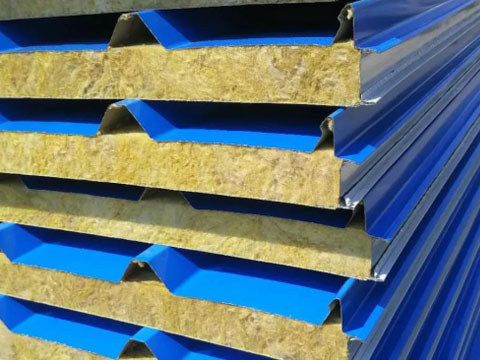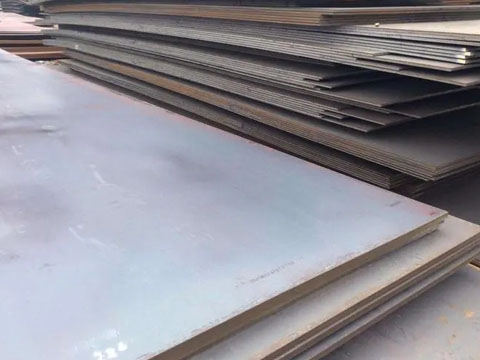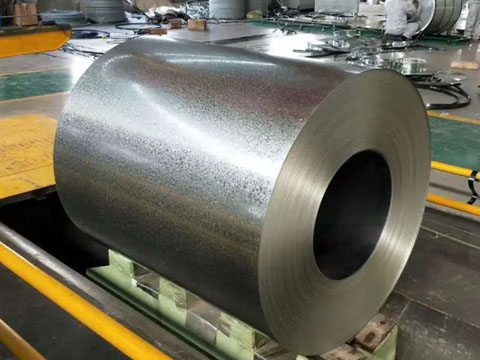There are many grades of stainless steel. 304 and 316 stainless steel are relatively common stainless steels. From the appearance, there is not much difference between the two. 304 is often considered food grade stainless steel, and 316 is often considered medical grade stainless steel.
In addition to the difference in application, what are the other differences between 304 stainless steel and 316 stainless steel in performance and use? This article mainly compares the two types of stainless steel in detail to facilitate the selection of suitable stainless steel in different scenarios.
Comparison of chemical composition between 304 and 316 stainless steel
The biggest difference between 304 and 316 stainless steel is the difference in chemical composition. The comparison table of chemical composition between 304 and 316 stainless steel is as follows:
| Chemical Composition | 304 stainless steel | 316 stainless steel |
| Cr | 18%-20% | 16.00%-18.50% |
| Ni | 8%-10.5% | 10.00%-14.00% |
| Mn | ≤2.00% | ≤2.00% |
| Si | ≤1.00% | ≤1.00% |
| P | ≤0.045% | ≤0.035% |
| S | ≤0.030% | ≤0.030% |
| C | ≤0.08% | ≤0.08% |
| Mo | Not included | 2-3% |
As can be seen from the table, the biggest difference in the chemical composition of 304 and 316 stainless steel is the content of Mo element. 304 stainless steel does not contain Mo, while 316 stainless steel adds 2-3% Mo. The addition of Mo element can significantly improve its corrosion resistance. performance.
The role of the chemical composition of 304 and 316 stainless steel:
- Cr: The Cr content ratio of 304 and 316 stainless steel is relatively high. The Cr element is a key component of the corrosion resistance of stainless steel.
- Ni: The main function of adding Ni element is to form an austenite crystal structure and improve the plasticity, weldability and toughness of stainless steel.
- Mo: Mo element is only contained in 316 stainless steel. The main function of Mo element is to improve corrosion resistance.
- Mn, Si, P, S, C: Although the content of these elements is not high, the content of each element must be strictly controlled because they will affect the performance of stainless steel.
Performance comparison of 304 and 316 stainless steel
| Performance indicators | 304 stainless steel | 316 stainless steel |
| Corrosion resistance | Strong | Stronger, especially in harsh environments with strong acid and alkali. |
| Wear resistance | Good | Higher strength and wear resistance than 304 |
| High temperature resistance | Strong (can withstand temperatures up to 800°C) | Stronger than 304 and stable at high temperatures (can withstand temperatures up to 900°C) |
| Weldability | Better | Good |
| Plasticity | Better | Good |
| Toughness | Slightly higher than 316 stainless steel | Good |
| Tensile strength (MPa) | 520-720 | 580-860 |
| Yield strength (MPa) | 205-210 | ≥205 |
| Elongation (%) | ≥40 | ≥35 |
| Hardness (HBW) | ≤187 | ≤217 |
| Magnetic properties | Non-magnetic | Non-magnetic |
| Density (g/cm³) | 7.93 | 8.03 |
From the above table, we can see that 316 stainless steel has better performance than 304 stainless steel. 316 stainless steel has stronger corrosion resistance and more stable performance at high temperatures. 304 has better welding performance. These performance differences provide a basis for your application scenario selection.
Characteristics of 304 and 316 stainless steel
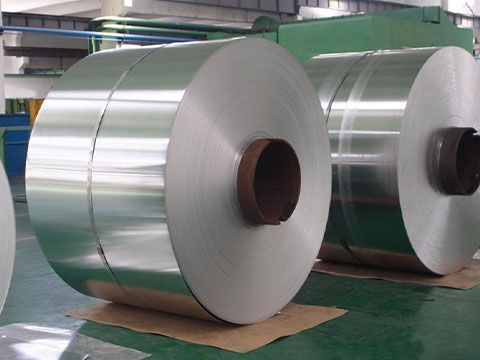
Characteristics of 304 stainless steel
- Strong corrosion resistance.
- High temperature resistance, 304 stainless steel can withstand a maximum temperature of 800℃.
- Good processing performance, high toughness, easy to process.
- Beautiful and easy to maintain, bright appearance, strong decorative effect.
Characteristics of 316 stainless steel
- Stronger corrosion resistance than 304 stainless steel, and can withstand atmospheric corrosion.
- High strength and hardness
- High temperature resistance, 304 stainless steel can withstand a maximum temperature of 900℃.
- Bright appearance, and strong decorative effect.
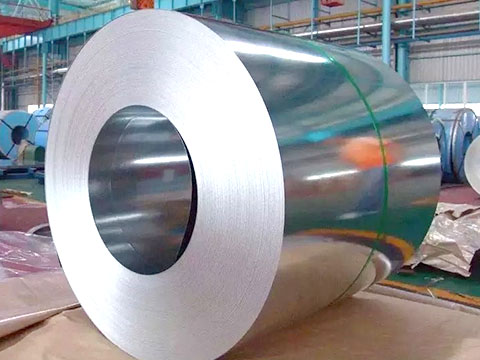
Application of 304 stainless steel
1. Food industry
304 stainless steel is corrosion-resistant, non-toxic, high temperature resistant, and easy to clean. It is widely used in food processing equipment and food storage equipment. For example:
- Food production line: storage tanks, pipes, mixers, etc.
- Food storage equipment: bowls, plates, woks, cooking pots, steamers, etc.
2. Construction field
In the construction field, 304 stainless steel is often used as indoor and outdoor decoration materials due to its bright appearance and excellent corrosion resistance, such as: making doors and windows, guardrails, handrails, stairs, decorative panels, etc.
3. Water treatment equipment
304 stainless steel is also very corrosion-resistant. In daily life, 304 stainless steel is often used in water treatment equipment, water pipes, water tanks, etc.
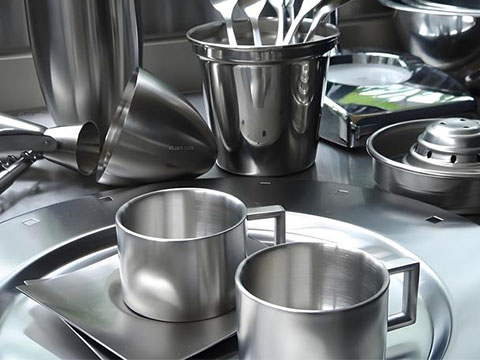
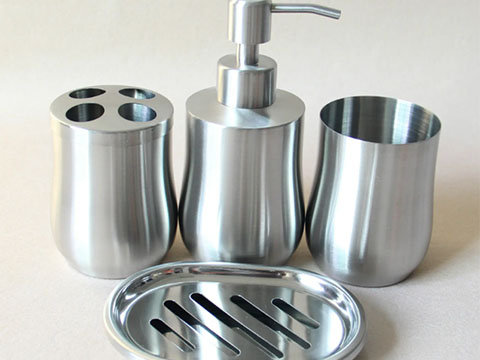
Application of 316 stainless steel
1. Marine field
Because 316 stainless steel can maintain long-term stability in the strong salt environment of the ocean, 316 stainless steel is often used in submarine pipelines, ship accessories, hull structures and other parts in the marine field.
2. Chemical field
In the field of chemical manufacturing, steel is required to withstand the erosion of chemical substances such as sulfuric acid and hydrochloric acid, and 316 stainless steel can resist the erosion of these chemicals.
316 stainless steel is often used in key chemical manufacturing equipment such as reactors, storage tanks, and pipelines.
3. Medical equipment
316 stainless steel has corrosion resistance and antibacterial properties, and is often used in the manufacture of surgical instruments, operating tables, dental instruments, artificial joints and other equipment.
Which one is better, 304 or 316 stainless steel?
304 and 316 stainless steel each have their own advantages and disadvantages. The choice mainly depends on the application scenario and cost.
- If the application scenario has high requirements for the wear resistance and formability of stainless steel, it is recommended to choose 304 stainless steel between the two.
- If there is a budget problem and the cost budget is insufficient, it is recommended to choose the cheaper 304 stainless steel at this time.
- If the application scenario is in a harsh environment of strong acid and strong alkali, high corrosion resistance is required, then choosing 316 stainless steel is a better choice.
Mastering the performance comparison of 304 and 316 stainless steel is very important for you to choose which stainless steel. Review the performance comparison of 304 and 316 stainless steel. No matter which stainless steel is chosen, correct use and maintenance are the key to extending the service life.



